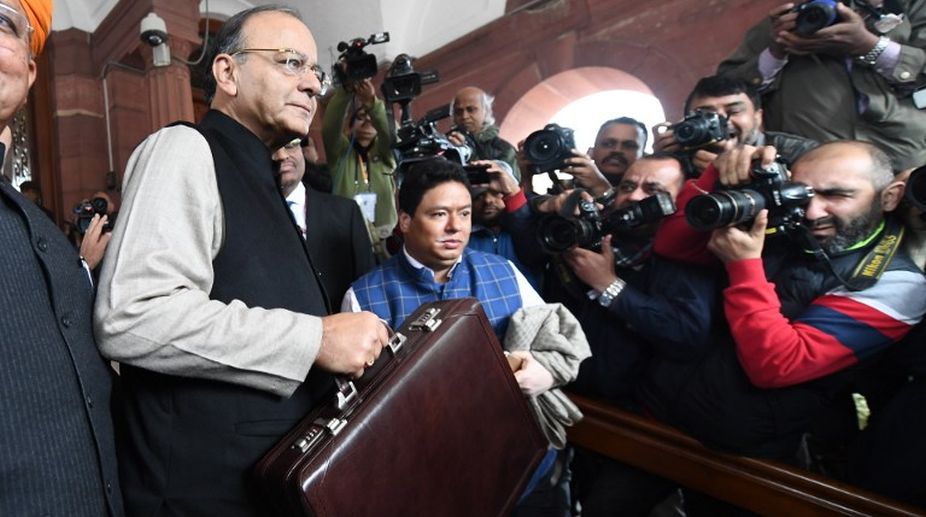To be fair to the defence establishment, even before the finance minister presented some worrisome figures in his budget it was alive to the unsustainable gap between revenue and capital expenditure in the defence allocations. Though there have been previous attempts at reducing manpower ~ “right-sizing” is the term now preferred over “down-sizing” ~ the impact has been little more than marginal. Hence there will be considerable importance attached to what was advocated by the panel headed by Lt Gen DB Shekatkar that submitted its report in December. Unfortunately, as with all studies/reports before the defence ministry it will have been stamped “classified”, “secret” or “restricted” even before its first page was opened. With the result that it will be an essentially in-house debate that will precede adoption/rejection or modification of its recommendations. True that matters involving deployment patterns cannot be placed in the public domain, yet wider circulation of its “policy” proposals might contribute to the celebrated call to ensure a “bigger bang per buck”. The report might even add weight to the fauji’s rejection of the common charge of wasteful expenditure by a parade-ground “army” (commonly used for the Services at large), steeped in colonial-era traditions like providing officers with sahayaks. A factual presentation on manpower utilisation will enhance the quality of the “debate” ~ should a debate indeed be “desired” for the taxpayer who ultimately foots the bill.
There has been a tendency to over-simplify the “riddle” by suggesting it to be a manpower versus technology affair. Sure the employment of sensors, night-vision devices and the like will reduce the need for “physical” manning of the frontiers. Yet the terrain and climatic conditions along so much of the frontier ~ marshland, desert, jungle and mountain ~ limits the scope for a “technology shield” all through the year: electrified fences fitted with sensors cannot withstand the winter snows in many stretches of the northern border. What is generally overlooked ~ and “prestige” and mistrust further complicate the situation ~ is that there is a “peace dividend” that might be gained if the situation along the frontiers was less hostile. Take the “romantic” and izzat out of the equation and the high-cost stand-off in Siachen could be eased, so too the situation along avalanche-prone areas in J&K now in the “news”. Even stretches of the LAC in Tibet could be substantially de-militarised if defence and diplomacy (often said to be opposite sides of the same coin) operated in tandem. Yet the first step to any diplomatic “settlement” of disputed frontiers would be attaining a domestic consensus on what could be negotiated. And given the current political divide, unlikely qualities of statecraft are needed to draw an internal ceasefire line.










